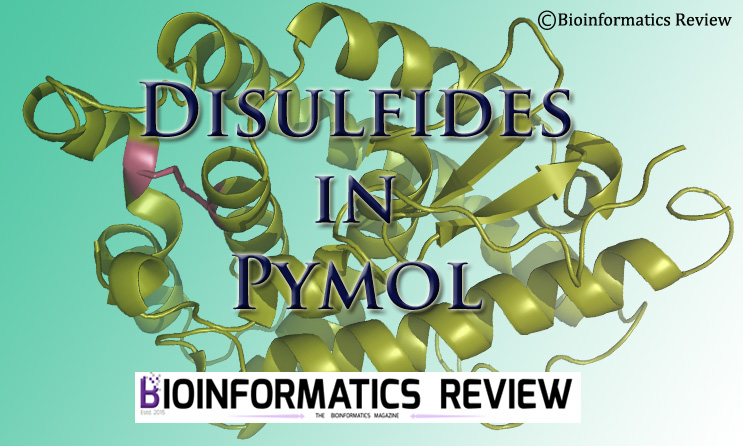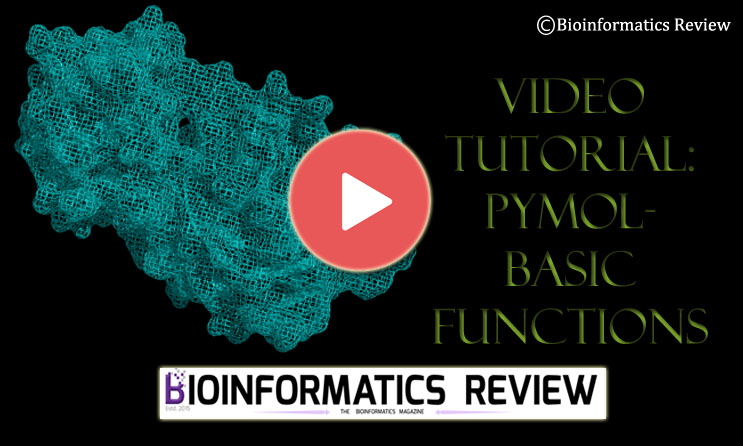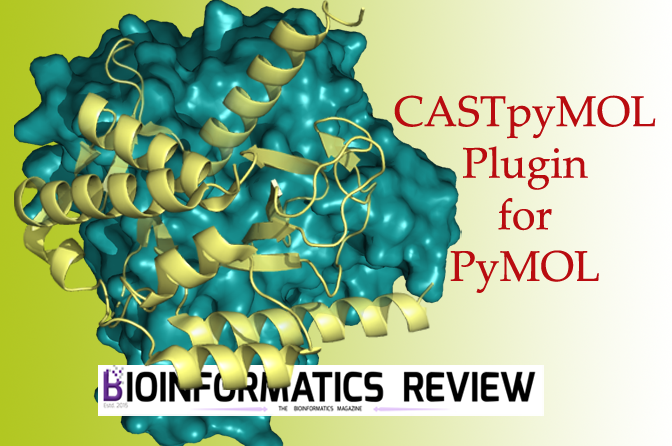Protein Visualization
How to find disulfides in protein structure using Pymol?

As shown in previous articles, Pymol [1] has several functions. In this article, we will show how to look for disulfide in protein crystal structures using Pymol.
Follow these steps:
- Open Pymol by typing
pymolin a terminal in Ubuntu and in Windows, by double-clicking the shortcut or by searching. - Go to
File --> Open. Select a PDB structure to analyze. - Set the color of the structure and background as you wish.
- Go to the right panel, click on the “S” column, it will show many functions.
- Select
disulfides --> sticks. You can select any representation as you want. Other options include lines and spheres. - If there are any disulfides present in the structure, it will display on the screen.
Make sure you haven’t made sticks/lines/spheres hidden from the “all” row in the top right panel.
Reference
- The PyMOL Molecular Graphics System, Version 1.2r3pre, Schrödinger, LLC.
Protein Visualization
Evaluate predicted protein distances using DISTEVAL

A new webserver called DISTEVAL [1] is developed that evaluates the predicted protein distances. This web server evaluates the inter-residue distances and offers several other features as well. (more…)
Protein Visualization
Video Tutorial: Pymol Basic Functions- Part II

This video tutorial is in continuation of our previous tutorial. (more…)
Protein Visualization
Video Tutorial: Basic Functions of PyMol

Previously, we have shown how to analyze Vina output of docking in PyMol [1]. (more…)
Protein Visualization
Plugin to visualize CASTp results in PyMOL

CASTp (Computed Atlas of Surface Topography of proteins) server is used to predict binding pockets and cavities in proteins [1]. It displays binding pockets precisely and predicts all possible binding pockets or cavities based on an algorithm. (more…)















You must be logged in to post a comment Login